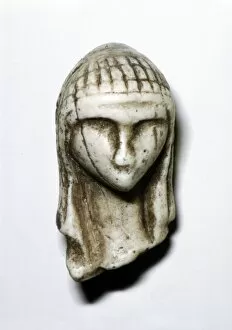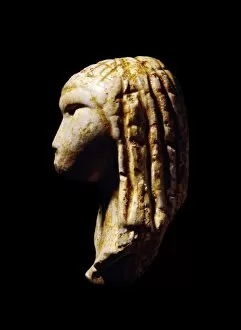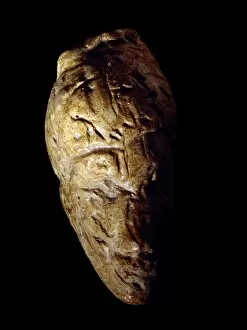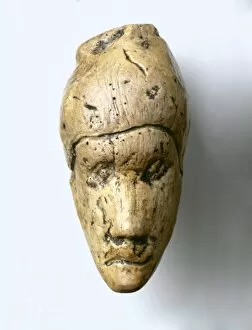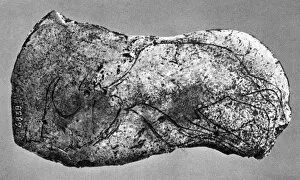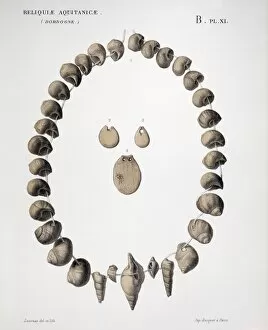Gravettian Collection
"Exploring the Enigmatic Gravettian Era: Unveiling Stone Age Art and Figurines" Step back in time to the Paleolithic era
For sale as Licensed Images
Choose your image, Select your licence and Download the media
"Exploring the Enigmatic Gravettian Era: Unveiling Stone Age Art and Figurines" Step back in time to the Paleolithic era, where artistry flourished amidst primitive landscapes. The Gravettian period, spanning from 28, 000 to 20, 000 years ago, gifted us with remarkable artifacts that continue to captivate our imagination today. One of the most iconic symbols of this era is the Venus of Willendorf – a small limestone figurine discovered in Austria. This voluptuous representation of a woman showcases intricate details carved into its surface and serves as a testament to early human creativity. Paleolithic art further reveals itself within the Pech-Merle Cave in France. Here, ancient artists painted vivid depictions of horses on cave walls between 2500-2000 BC. These masterpieces provide glimpses into their deep connection with nature and their reverence for these majestic creatures. Moving across France to Brassempouy, we encounter another fascinating find - the Female Head sculpture crafted from mammoth ivory during the Upper Paleolithic period. Its delicate features and meticulous craftsmanship showcase an advanced understanding of anatomical proportions even thousands of years ago. The Venus figurines found throughout Europe also hold significant importance within Gravettian culture. From Dolni Vestonice in Czech Republic to Brassempouy in France, these stone-age sculptures depict women with exaggerated forms – perhaps symbolizing fertility or celebrating feminine power. As we marvel at these ancient treasures left behind by our ancestors, let us reflect upon their artistic prowess and ingenuity that transcends time itself. The Gravettian era continues to intrigue us with its enigmatic beauty and offers a glimpse into humanity's earliest expressions through artistry carved in stone or painted on cave walls.


